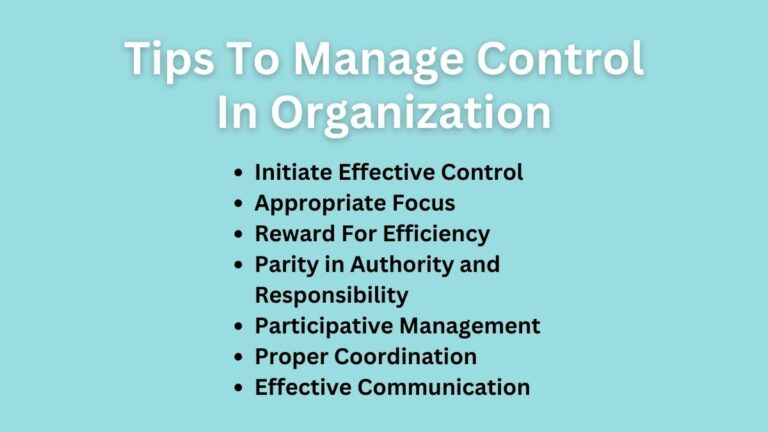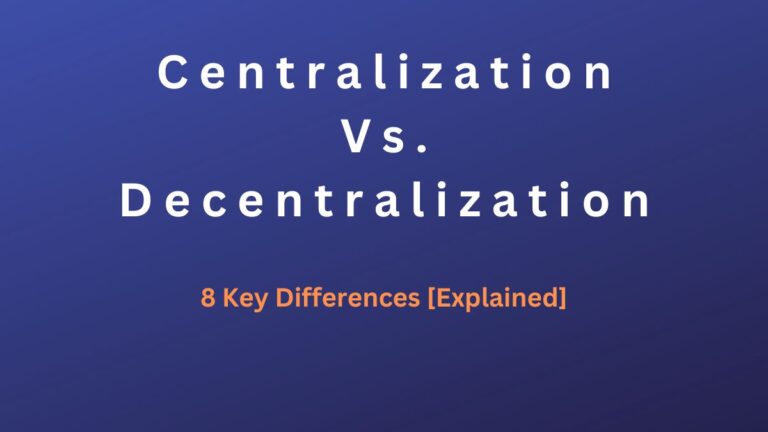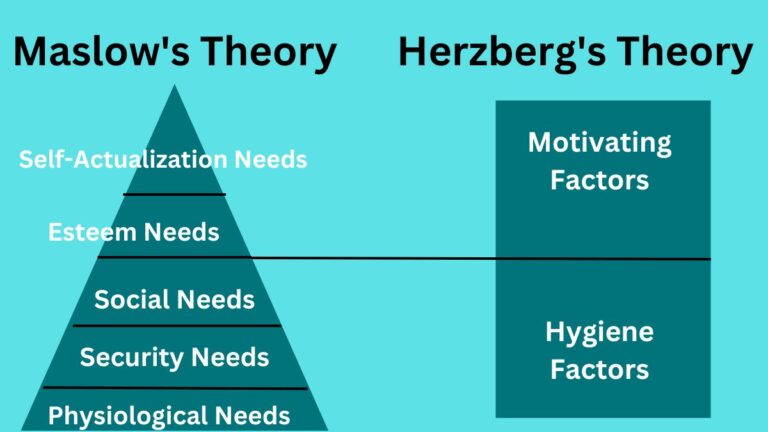7 Advantages and 4 Disadvantages of Participative Management in the Workplace
Advantages and Disadvantages of Participative Management
Participative management is a friendly management style that welcomes and values the recommendations of all the members of the organization. Participative management offers different advantages like employee satisfaction, and reduced conflicts as well as has also disadvantages like the potential of conflicts and security issues.
Getting benefits from the participative management style depends on how you have implemented it in your organization. Let’s discuss some of participatory management’s pros and cons.
Advantages of Participative Management
The following are the positive aspects of participative management.
Increased Collaboration
Participative management ensures collaboration in the workplace where everyone works together and is in the same direction to achieve a common goal.
As it involves inviting employees into the decision process it creates a workplace where employees easily collaborate, increases team spirit, promotes mutual understanding, etc. It provides flexibility to employees to work and make plans and policies. Collaboration increases employee morale and improves relationships between team members and between management and employees.
Strong Employee-Management Relationship
Good communication is an essential factor that develops stronger relationships between managers and employees. Participative management enables a two-way communication system in the workplace.
Through such communication, employees are free to communicate, share ideas, offer suggestions, and report problems to the managers. The regular interaction between them increases their understanding between them and fosters productive relationships.
Employee Satisfaction
Participatory management respects the employee’s ideas, suggestions, and differences, and values their presence in the workplace. It creates a workplace where employees are given importance and an opportunity to show their talents. It decreases the negative attitudes of employees toward the organization and increases their satisfaction.
Related: Autocratic Leadership Style
Quality Products
In an autocratic management style, employees are forced to work as stated by the top managers. But in a participative management style, employees are allowed to give their suggestions.
Most employees work in the production processes, they can easily name the problem that is causing inferior product quality and suggest a remedial solution to improve product quality. For this, you should allow employees to report issues and value their concerns to achieve production efficiency.
Better Customer Value
Along with the supporting product quality employees also have better knowledge about market conditions and customers’ consumption patterns. Their suggestions regarding what the market is expecting and consumers’ behavior will let you design a better marketing plan.
This lets you design products expected by the consumers and deliver better value than competitors. Better customer value increases their satisfaction and positively increases the market share and profit of your organization.
Lower Conflicts
An unhealthy working environment is characterized by conflicts among employees. There is a presence of collaboration, team spirit, mutual understanding, etc. in a participative workplace. The differences employees hold which might cause conflicts are equally valued which helps to reduce the conflicts.
In addition to reducing conflicts, a participative workplace also reduces supervision costs as employees are motivated to work and are trained for and given the necessary opportunity and power to execute management’s supervision costs get lower.
Increased Productivity
Motivated workers constantly go above and above. Employees who take part in decision-making have a sense of ownership over the decision when it is made and are more motivated to carry it out successfully.
Because there is less delegation from management and less oversight, workers self-motivate themselves to finish tasks and sometimes work beyond their normal working hours. All of these result in enhanced productivity and performance.
Read Also: What is Classical Management?
Disadvantages of Participative Management
As there are a lot of advantages participative management offers there are also some disadvantages it might bring to your workplace. Some of them are:
Hard To Manage
Although participative management brings collaboration and a teamwork culture it is difficult for managers to manage different types of employees. All employees may not know the importance of a participative workplace and avoid being active in participative decision-making.
Potential of Conflicts
When there exist many people there is always a chance of arising conflicts. In participative management, as different employees participate there may arise conflicts due to various opinions, different attitudes, different working styles, etc.
While giving opinions an employee may want to put his suggestions into practice while others try to devalue his suggestions and ensuring participative culture among such employees takes much effort from managers.
Related: Strategies To Manage Conflict
Security Issues
Since you welcomed employees to participate in different affairs of your organization they are now well informed about the different aspects of the organization. Security issues arise when employees try to use important information about the organization for their personal benefit which negatively affects the competitive position of your company.
Training Cost
You can’t be sure that all of your employees are ready to work in a participative workplace culture. Some might like to work in the traditional style. So it is necessary to train them to make well work in a participative workplace and convince them what benefits they will get.
Read Next: Human Relations in Management
Sajan Kushmi is a content writer with more than 4 years of experience. He holds BIM Degree. He write on the topics related to Management, Marketing, and Entrepreneurship.






